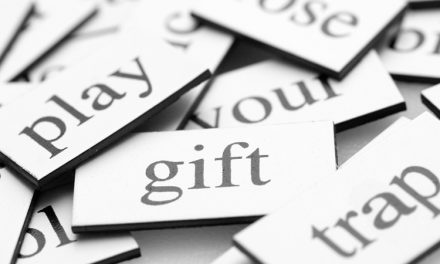What is a Nail?

A fingernail is produced by living skin cells in the finger. The nail plate is the visible part of the nail. The nail bed is the skin beneath the nail plate. The cuticle is the tissue that overlaps the plate and rims the base of the nail. The nail fold is the skin that frames and supports the nail on three sides. The lunula is that whitish half-moon at the base of the nail, and the matrix is the hidden part of the nail under the cuticle.
Fingernails grow out of that matrix. Fingernails consist of keratin, the same hardened protein in hair and skin. New cells grow in the matrix and push out older cells, which become compacted and assume that familiar flattened, hardened form.

Fingernails grow about 3 millimetres in a month
Fingernails grow all the time. They grow faster than toenails. Fingernails grow about 3 millimetres in a month. It takes about 6 months for the fingernail to grow its entire length, from the root to the free end. Growth slows down with age and with poor circulation. The growth rate also depends on the season and on a person’s exercise level, diet, heredity, gender, and age. Fingernails grow faster in the summer, due to exposure to the Sun and an increase in vitamin D. But contrary to popular belief, fingernails do not continue to grow after we die. The skin around the fingernails dehydrates and tightens, making the nails appear to grow.
So Why Do We Have Them ?

Fingernails and toenails are almost exclusively a feature of humans and primates.
There are a number of theories about why we have fingernails and toenails. The most common relates to how humans altered or adjusted to a changing environment over many eons.
In a Nutshell : We have evolved to have nails because they aid our dexterity when manipulating things up (like food), pick things off (like bugs), and hold tightly onto things.
Fingernails are one of the features that distinguish primates, including humans, from other mammals. They are essentially flattened forms of claws.
Whatever the reason for their existence, fingernails are certainly useful. Fingers are very sensitive; each contains a mass of nerves. Fingernails protect our fingertips. Fingernails help us scratch when we itch. They help us peel things like oranges. Fingernails help us undo knots in string and ropes. They help us grasp or pick up things that are very tiny, such as a nut, screw, needle, peanut, or pencil. We use fingernails to grip, rip, and tear. People who have lost fingernails, or toenails, for that matter, can attest to how valuable they are.
Ancient Medicine
Healers have used the general appearance of fingernails as a diagnostic tool for millennia. Some major illnesses can cause a deep groove to form across the nail. Brittleness, splitting, discoloration, thinning, white spots, and Mees’ lines can indicate problems in other parts of the body. Mees’ lines, which are white bands across the width of the nail, appear when a person is poisoned with arsenic, thallium, or another heavy metal. Mees’ lines show up in some patients undergoing chemotherapy, and kidney failure can also cause their appearance.





